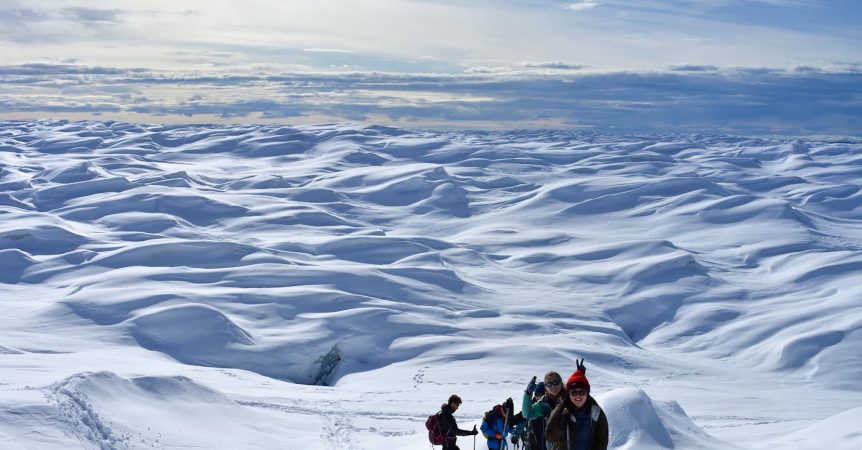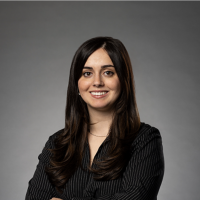Photo from the 2018 SDF study tour in Greenland and Denmark led by Dr. Koutnik (Jake Bensussen)
From Ice Sheets to Bike Seats
Jul 14, 2025
How Studying Abroad with the Scan Design Foundation Helped Me Find My Passion and Lifelong Friends Along the Way
Bio: Lela Cooper is a transportation planner focused on making cities better places to walk, bike, and live. She recently earned her Master of Urban Planning from the University of Washington (UW), where she specialized in multimodal transportation design.
Growing up in Washington, I’ve always cared about sustainability and protecting the landscapes that make the Pacific Northwest so special. But when I started at UW as an undergrad, I had no idea what that might look like as a career. I was fortunate to explore classes across departments early on. Eventually, I found myself drawn to UW’s Program on the Environment, a flexible, interdisciplinary major that felt perfect for someone with about 50 different interests and no clearly defined plan.
Then came a glaciology class in my sophomore year. I’ll admit: the physics aspect intimidated me, but the class sparked a real curiosity about climate science and the frozen parts of our planet. Around the same time, I heard about a summer Exploration Seminar to Denmark and Greenland, led by Dr. Michelle Koutnik and supported by the Scan Design Foundation. I didn’t have to think twice about applying. By the summer of 2018, I was off to the Arctic Circle. I know it’s easy to roll your eyes at the “study abroad changed my life” cliché, especially when the program is only a matter of weeks. But in my case, I think it's fair to say it did.
Greenland was fascinating. Seeing glacial melt firsthand and hearing from scientists and residents made climate change feel urgent and tangible in a way no textbook ever had. But just as impactful for me was our time in Copenhagen. For someone raised in a car-centric environment, visiting a city designed around people and bikes was eye-opening. I realized I could channel my interest in sustainability into something tangible and impactful, and urban planning turned out to be a natural fit.
Back in Seattle, I enrolled in Danish language classes, hoping to return someday and wanting to understand more of the culture that had stuck with me. The classes provided a fun counterbalance to my coursework, and I eventually completed a minor in Danish. (Also, if you’ve never seen a group of Americans try to pronounce rødgrød med fløde, you're missing out.)
I also began incorporating Danish urbanism into my studies whenever possible, whether the focus was on bike infrastructure, landscape architecture, or sustainable development. After graduation, I started working in transportation planning, initially supporting commute-focused programs and later expanding to broader multimodal work. A few years in, I returned to UW for a Master of Urban Planning, this time with a sharper focus: public life and sustainable transportation.
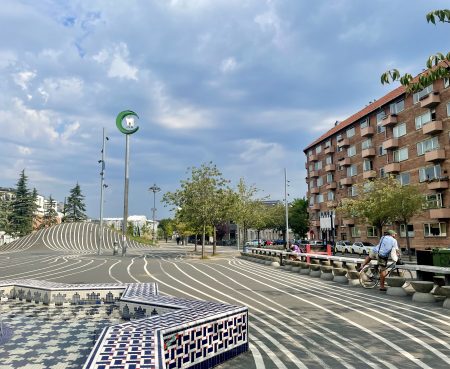
When I learned that the Scan Design Foundation also supported a graduate-level studio and study tour to Copenhagen and Malmö, which Professor Nancy Rottle had long led, it felt like a full-circle moment. I was thrilled to be selected and return to Denmark, this time with more professional clarity, but the same curiosity.
In fall of 2024, our cohort biked across both cities, meeting with planners, architects, and community groups. We explored everything from bike superhighways to social housing and waterfront parks, spaces designed not just for function, but also for joy. We talked about landscape architecture, climate adaptation, and the future of livable cities. And we lived it, navigating the city entirely by bike and yes, occasionally in a downpour.
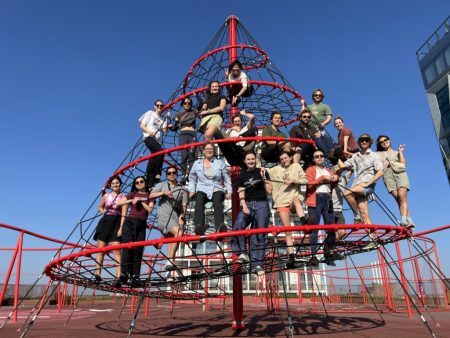
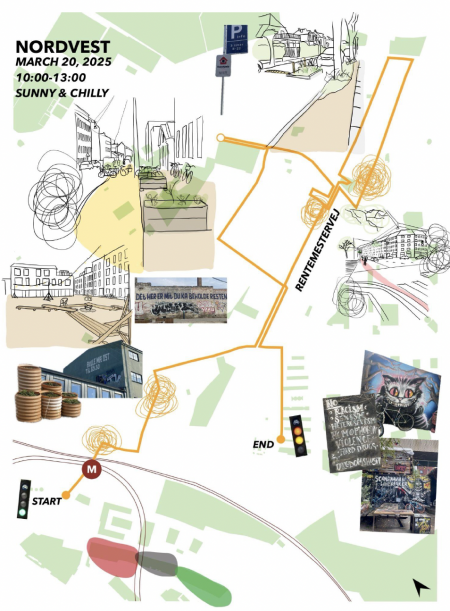
Learning directly from planners and architects while riding through Copenhagen through the Scan Design Foundation Master Studio tour really helped make it clear to me that great urban design isn’t solely about technical precision or simply copying Copenhagen’s playbook, it’s about planning cities that reflect the lived realities and values of the people who call them home. The culture of care and intentionality that we saw from planners and designers in Copenhagen left a deep impression on me. It reminded me that what matters most is centering the human experience.
Back in Seattle, our studio focused on reimagining a mixed-use, affordable live-work district in the Georgetown neighborhood. We brought back ideas from Copenhagen and Malmö and applied them locally, adapting them to an area with industrial roots, equity challenges, but real community momentum. (The 2024 Studio Book can be accessed here: Transformational Neighborhoods: Artful, Affordable, Sustainable, Shared | THE Georgetown BEND). This process further inspired my Master’s thesis. In the spring of 2025, I returned to Copenhagen for fieldwork exploring the feedback loop between top-down planning and bottom-up activism in cycling infrastructure. That research was also advised by the incoming Scan Design Master Studio lead, Vincent Javet.
I spent time conducting interviews, mapping the city, and observing how public space is used, focusing on how daily life both shapes and is shaped by design. When I returned to the U.S., I brought back a deeper understanding of what makes Copenhagen such a great city, and how cycling is at the core of much of this, along with seven books from the Danish Architecture Center, in my very overstuffed carry-on.
Now that I’ve graduated from UW for the second time, I’m continuing my career in transportation planning, focusing on projects that support biking, walking, and access to public space. This past year, I was honored to be named to the Husky 100, which recognizes students who make the most of their time at UW both on and off campus. It was a poignant reminder of how much this journey, spanning undergrad, graduate school, and the impactful Scan Design Foundation programs I’ve been a part of, has shaped my vision as a planner.
I still think about Copenhagen daily, not just as a model, but as a living, evolving city that continues to inspire me. The Scan Design Foundation’s support, first during undergrad and again in grad school, has played a defining role in how I think, what I do, and the kind of impact my work can have. I’m also deeply grateful for the people I’ve met through these programs, including professors, classmates, colleagues, and friends who have shaped this path. Some of us still talk about our Greenland trip like it happened last summer, and dream about a ten-year reunion in a few years.
If I have one piece of advice for students reading this: follow your curiosity. Let it take you to unexpected places, even if they scare you a little. Some of the most meaningful things I’ve done at UW started with a class I wasn’t entirely sure about, or planning for, but sounded interesting. Those little moments of curiosity can end up shaping your whole path. It’s funny to think my journey in the built environments started with a new curiosity about glaciology. That curiosity set the tone for my time at UW and in the Scan Design Foundation supported programs, through experiences shaped by exploration, unexpected opportunities, and a focus on meaningful connection.
Have a story to share about your experiences with a SDF-sponsored program? If so, please email line.larsen@scandesignfoundation.org
